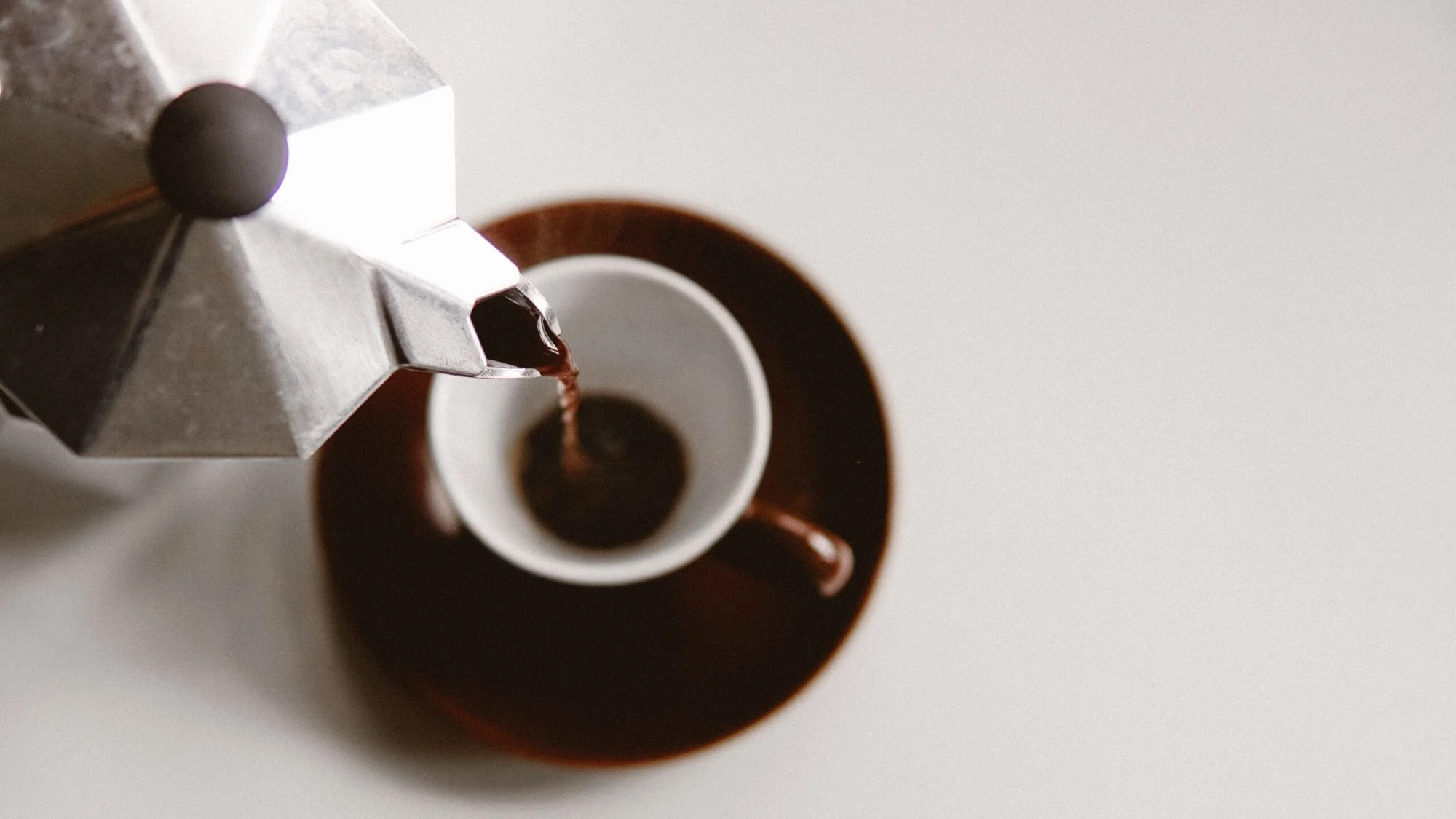

Making coffee is an essential part of many people’s morning routine—Americans gulp down around 400 million cups of it every day. But one method of creating that perfect cup of joe has come under fire. Recently, Canada’s Competition Bureau fined Keurig Canada millions of dollars for damages thanks to false claims that their plastic K-cups are “recyclable,” when in reality, they are only recyclable in two of Canada’s provinces—British Columbia and Quebec.
While coffee pods may have that nifty recycling symbol on them, in reality, breaking them down to a recyclable state takes a lot more effort than it seems. First, you’ve got to let the pod cool down, then peel the tricky foil on top and scoop the grounds into the trash or compost. The next step requires digging beneath any remaining grounds to remove a paper filter attached to the pod before you rinse out the plastic. According to the Toronto Sun, the city of Toronto was reverting 99 tons of pods from recycling bins to landfills each year.
Single-use plastic is pretty much a nightmare for the environment on any count—whether it’s a K-cup, water bottle, drinking straw, or grocery bag. In 2019, people produced more than 130 million tons of single-use plastic waste worldwide. Luckily, there are a lot of options to make personal changes.
Switch to a low or no waste coffee-brewing method
The easiest way to reduce waste from your coffee-brewing method? Make the switch from pods. Luckily, these days, there are loads of ways to make your coffee at home that don’t require a ton of time or skill. For example, a Moka pot or Turkish pot is an easy way to make zero-waste coffee that tastes delicious, especially if you’re a fan of super-strong coffee. A French press might be for you for something a little milder but still zero-waste.
[Related: For a better cup of coffee, use fewer beans]
Some manual coffee makers, like a Chemex, pour-over single, or Aeropress, require filters. Luckily, these are often compostable, or in some cases, you can find reusable ones for pour-over or automatic drip coffee. Just do your research on the brand and type of filter you choose before tossing it in your compost bin (the bleached white ones tend to not be as compostable).
Make sure to use a reusable cup
Sometimes it’s one of those days that requires a fancy latte from your favorite coffee shop. The struggle here is with those naughty takeout cups. Starbucks alone distributes 6 billion of them worldwide each year, and in general, nearly 50 billion cups get trashed on an annual basis. Not to mention, even the most “recyclable” seeming receptacles are a bit of a farce—as of 2018, only three out of 450 of the US’s paper recycling mills can process plastic-coated paper.
The easiest way to handle this is to bring a reusable coffee cup or mug along with you the next time you’re craving a cappuccino. Starbucks just brought back their reusable mug policy this summer—and dozens of local coffee shops in places like New York City accept reusables. San Francisco even imposed bans on toss-away cups back in 2019. But no matter where you live, it’s always worth a shot to try and BYO.
Buy responsible beans
At the end of the way, your coffee-making and -carrying habits will have a bigger impact if the core ingredient is sustainable too. Farming coffee beans can be a pretty intensive process. The trees start producing little fruits three to four years after they’re planted. Inside those fruits are the beans, which then need to be removed, cleaned, and shipped off to the roaster.
[Related: 5 cool ways to upcycle old coffee sacks]
To feed our growing demand for coffee, growers often have to resort to tearing down forests to farm more land. The crop also has a pretty substantial ecological footprint—one cup of coffee requires 140 liters of water to cultivate, process the beans, and then transport them to your coffee machine. Certifications like Rainforest Alliance, USDA organic, Fairtrade America, or Fair Trade USA can help you determine which beans to buy at the store. Additionally, there are a handful of US-based coffee companies doing measurable sustainability work (be it running on renewable energy or using biodiesel to transport their beans) if you want to sip something that represents your home state.
Thinking about which beans go into your cup, how you brew, and what you pour your cafe au lait into can shave off a few of the environmental issues with your drink. And who knows, you may discover something you’ve been missing out on, be it an affinity for aeropressing or a cool coffee roaster just down the road.